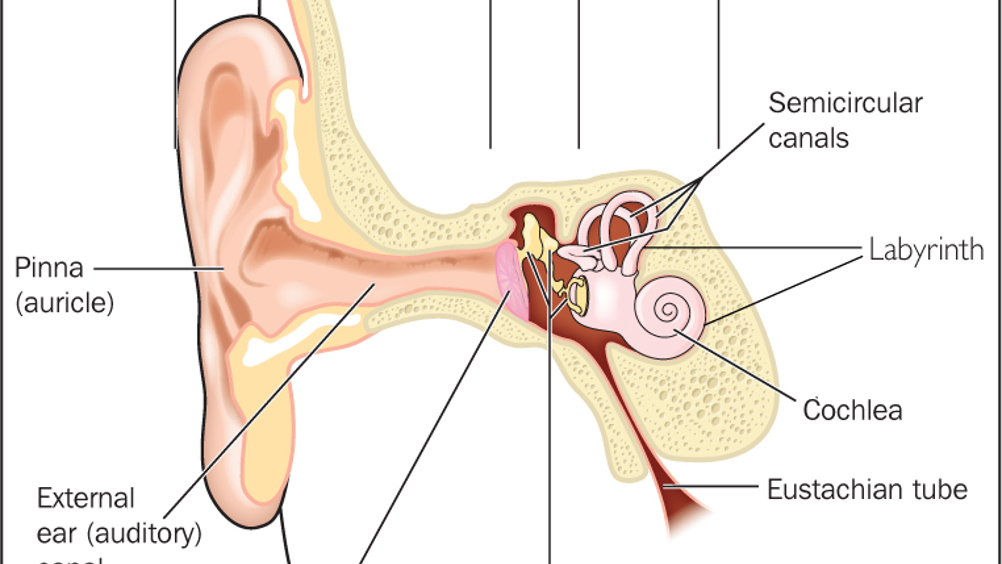References
The nurse's role in ear care: undertaking hearing assessment and ear cleaning

Abstract
Hearing loss is a common condition, affecting about 9 million people in England. It usually happens gradually as people get older and is most common in people over 65. Hearing difficulties can happen at any age and have several causes. People often put off getting help for hearing loss, yet it can have a major impact on their quality of life, causing them to lose confidence and feel isolated from family and friends. It can also lead to depression and anxiety (National Institute for Health and Care Excellence (NICE), 2018).
Consequently, monitoring and maintenance of hearing are fundamental parts of nursing assessment (Dougherty et al, 2015). Apart from hearing, ears are crucial for balance, and poor hygiene can contribute to poor hearing and cerumen impaction (also known as earwax impaction) (Millward, 2017).
It is important that health professionals understand the anatomy and physiology of the ear to enable them to assess and diagnose ear conditions. The ear has three main parts (Figure 1):
Register now to continue reading
Thank you for visiting British Journal of Nursing and reading some of our peer-reviewed resources for nurses. To read more, please register today. You’ll enjoy the following great benefits:
What's included
-
Limited access to clinical or professional articles
-
Unlimited access to the latest news, blogs and video content

